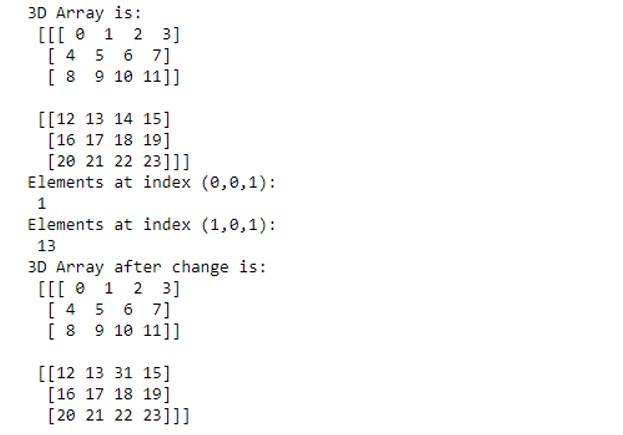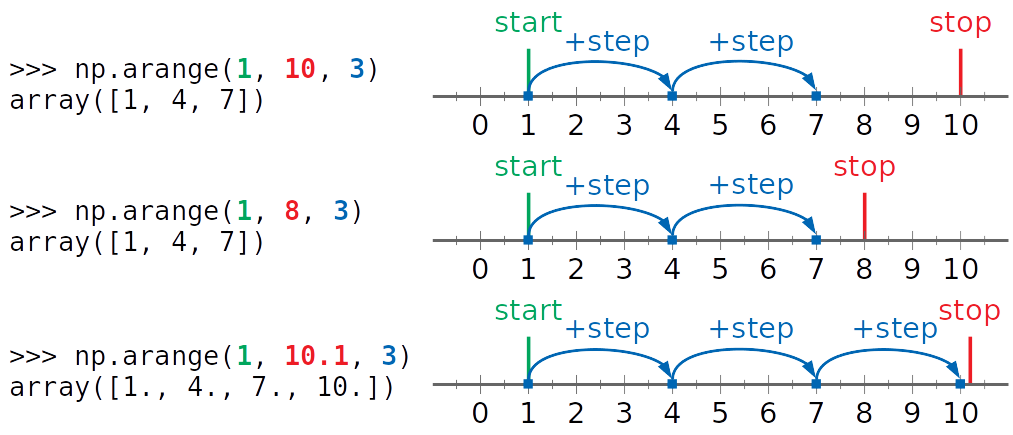
The accumulation method, assigning to a preallocated array, or list append, is less important. The main time saver in method2 and foo2 is carrying over x, the last value, from one iteration to the next, rather than indexing with returnList. of 7 runs, 100000 loops each)ġ3 µs ± 29.7 ns per loop (mean ± std. of 7 runs, 10000 loops each)ġ6.9 µs ± 103 ns per loop (mean ± std. In : timeit build_array_recursively(20,0.3, fn) Ħ1.4 µs ± 63 ns per loop (mean ± std. Return x-x*d_t+x*x/2*d_t*d_t-x*x*x/6*d_t*d_t*d_tĪnd a function that combines elements of build_array_recursively and method2: def foo1(length, V_0, function):
#Np treat array as element code#
Using a function to make the code clearer (instead of the inline lambda): def fn(x):

In my example, the difference equation is difficult to solve manually. Is it possible to vectorize recursive calculation of a NumPy array where each element depends on the previous one?īut was not answered in general.

can a Fibonacci array be constructed similarly?

If so is there a way to handle two elements before the current one, e.g. Is there a fast way of doing this in numpy without a for loop? The print method above outputs I would like to create a numpy array where the first element is a defined constant, and every next element is defined as the function of the previous element in the following way: import numpy as npĭef build_array_recursively(length, V_0, function):


 0 kommentar(er)
0 kommentar(er)
